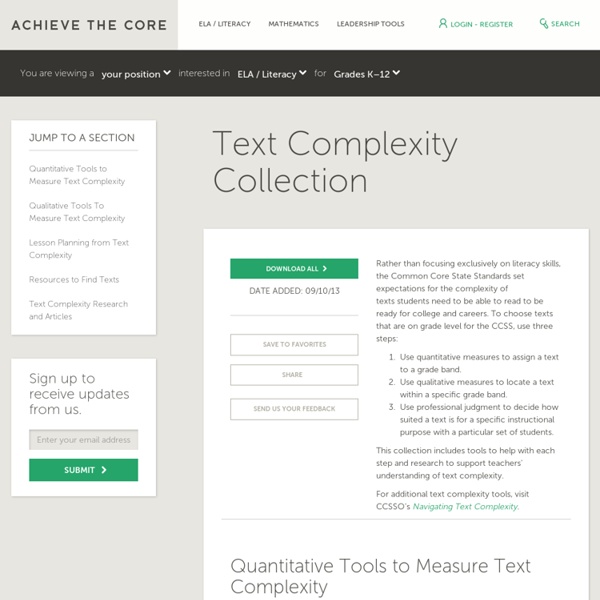



Home » TextProject Liars Don’t Qualify Will Harris sat on the bench in the waiting room for another hour. His pride was not the only thing that hurt. He wanted them to call him in and get him registered so he could get out of there. Twice, he started to go into the inner office and tell them, but he thought better of it. He had counted ninety-six cigarette butts on the floor when a fat man came out of the office and spoke to him. “What you want, boy?” Will Harris got to his feet. “I came to register.” “Oh, you did, did you?” “Yes, sir.” The fat man stared at Will for a second, then turned his back to him. As he turned his back, he said, “Come on in here.” Will went in. It was a little office and dirty, but not so dirty as the waiting room. Will stood in front of the empty desk and watched the fat man sit down behind it. “Charlie,” he said. “Yeah, Sam,” Charlie said, not looking up from his work. “Charlie. “You sure? “All right, Charlie. The fat man stared up at him. The odor from under his sweat-soaked arm made Will step back. “. . .
Perspectives for a Diverse America National Curriculum Standards for Social Studies: Chapter 2—The Themes of Social Studies | National Council for the Social Studies Standards Main Page Executive Summary Preface Introduction Thematic Strands Social studies programs should include experiences that provide for the study of culture and cultural diversity. Human beings create, learn, share, and adapt to culture. Cultures are dynamic and change over time. Through experience, observation, and reflection, students will identify elements of culture as well as similarities and differences among cultural groups across time and place. In schools, this theme typically appears in units and courses dealing with geography, history, sociology, and anthropology, as well as multicultural topics across the curriculum. Social studies programs should include experiences that provide for the study of the past and its legacy. Studying the past makes it possible for us to understand the human story across time. Knowing how to read, reconstruct and interpret the past allows us to answer questions such as: How do we learn about the past?